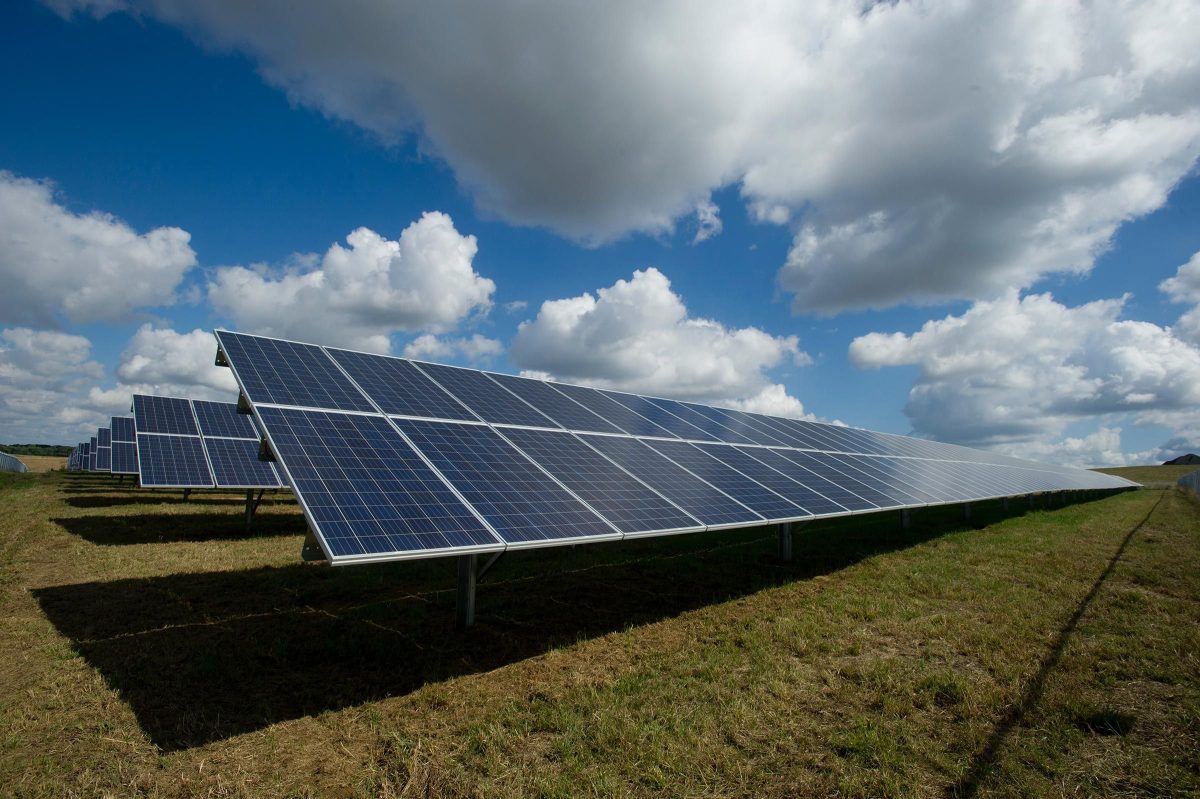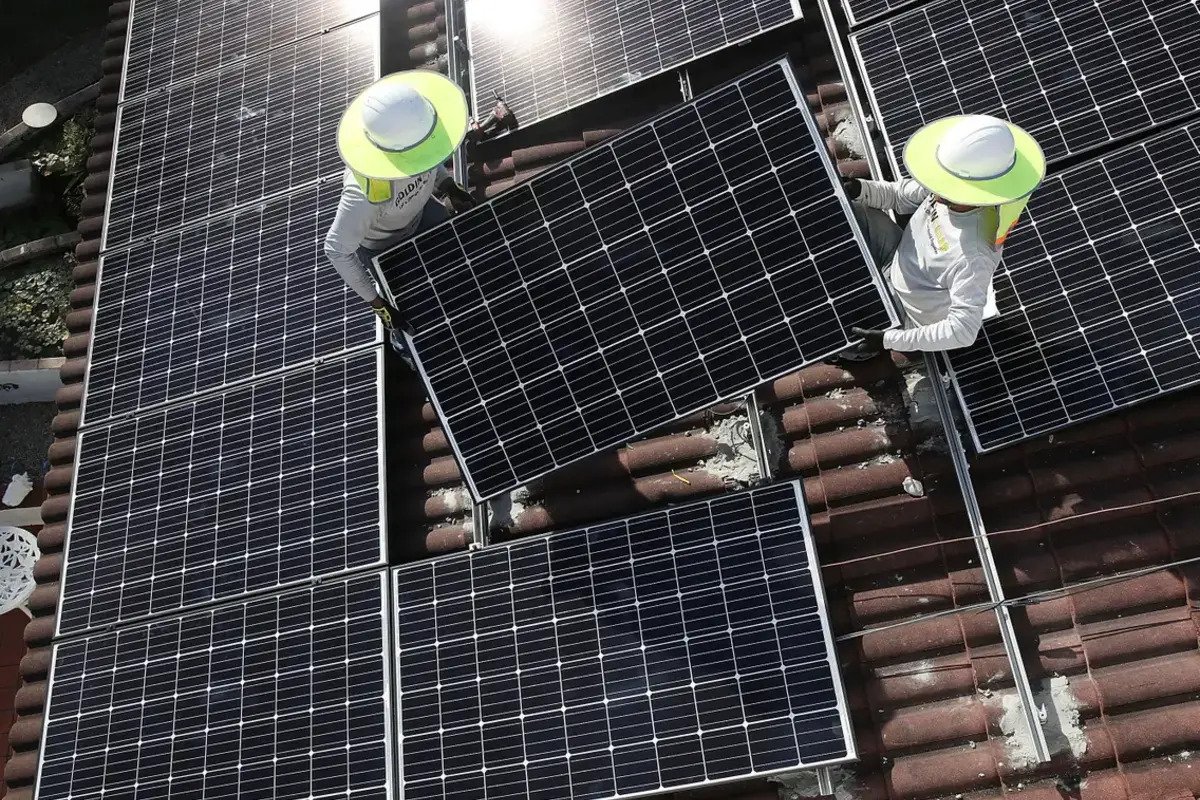The electricity generated by photovoltaic cells by converting radiant solar energy is commonly referred to as photovoltaic electricity. The conversion process uses the principles of the photoelectric effect, which was a theory proposed by Albert Einstein.
Many photovoltaic cells are found in solar panels to harvest any incoming light from the Sun and generate it into an electric current. This generation of electricity is done by the flow of electrons found in a semiconductor, whose atomic orbits were disturbed by the incoming photons bringing them to a higher energy state.
With technology becoming cheaper and the push for renewable energy becoming more prominent, photovoltaic electricity has slowly started to rise in popularity. This type of electricity has become part of the efforts to accomplish the goal of reducing greenhouse gas emissions.
Electricity generated from photovoltaic cells can be used to supply power in areas that have unstable or inexistent electricity distribution systems or power lines.

Additionally, photovoltaic electricity generated from smaller PV systems can only be used to power items such as wristwatches and calculators, while electricity generated from larger systems can be used to power various equipment made for communications, pump water, supply electricity for a house or an establishment.
Photovoltaic electricity is especially useful for agriculture and in third world countries that rely on wells for their water supply, and where the wells are usually extremely deep. Having photovoltaic electricity power a purification system, and at the same time clean the water and remove any dangerous impurities or bacteria can be extremely beneficial to them.
The photovoltaic electricity can also be stored in batteries when it’s not being used as a power supply. This way, they are not being wasted and can still be used when the citizens absolutely need to.
Larger PV systems can also generate enough photovoltaic electricity that can be used to provide electricity and energy to more than thousands of consumers.

